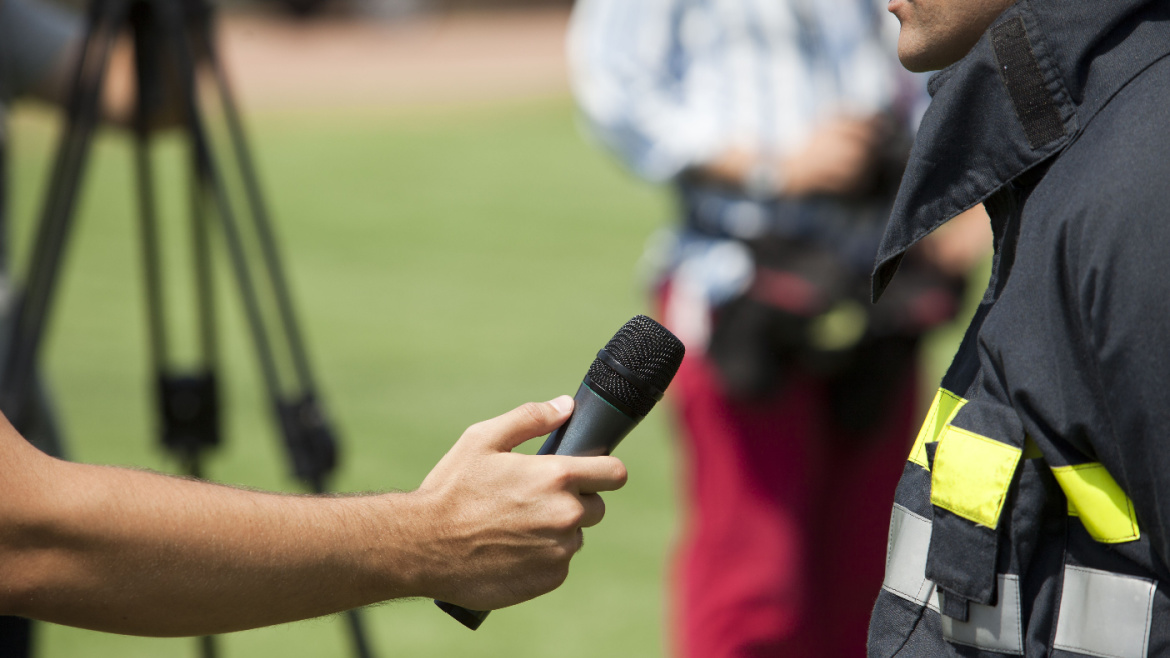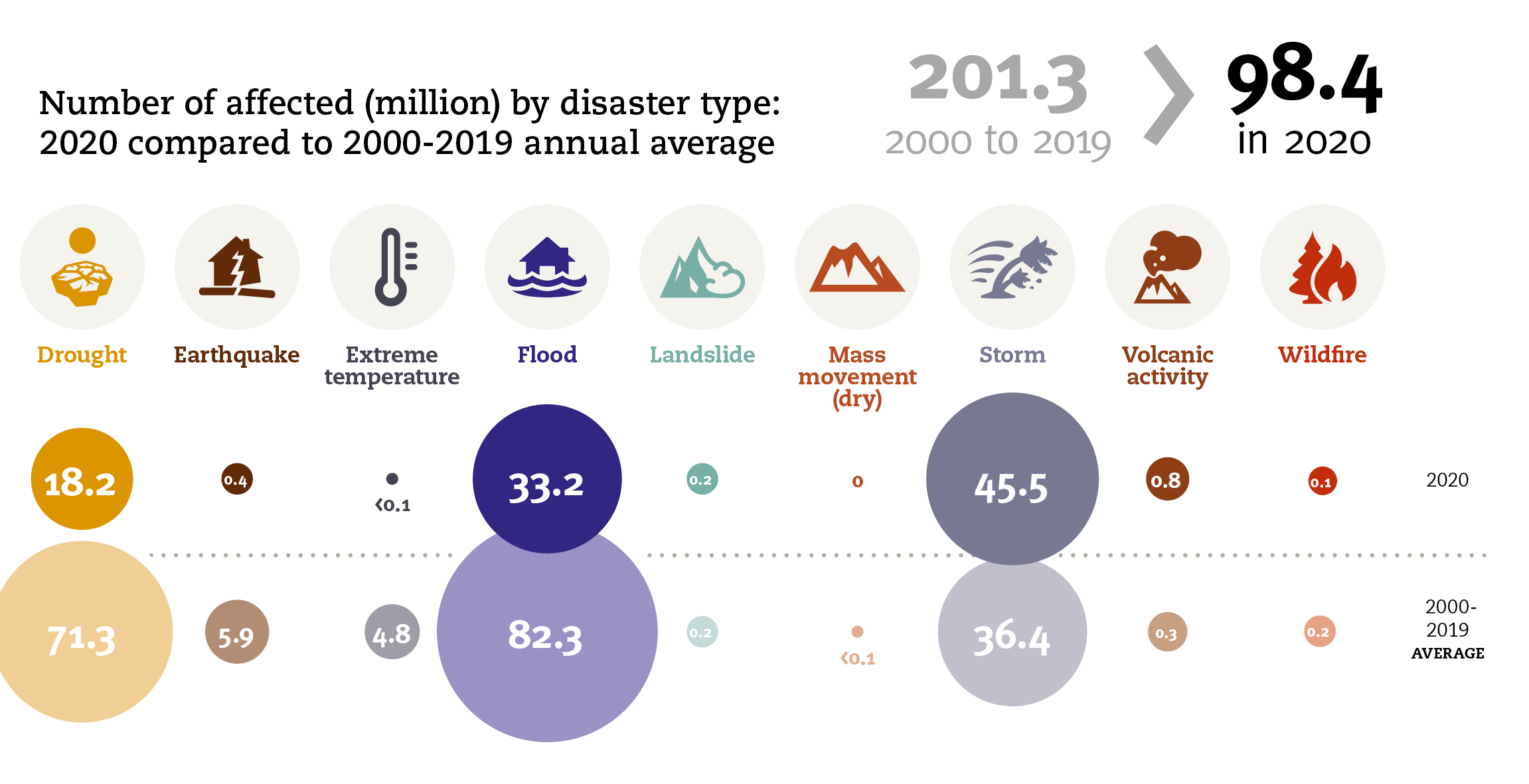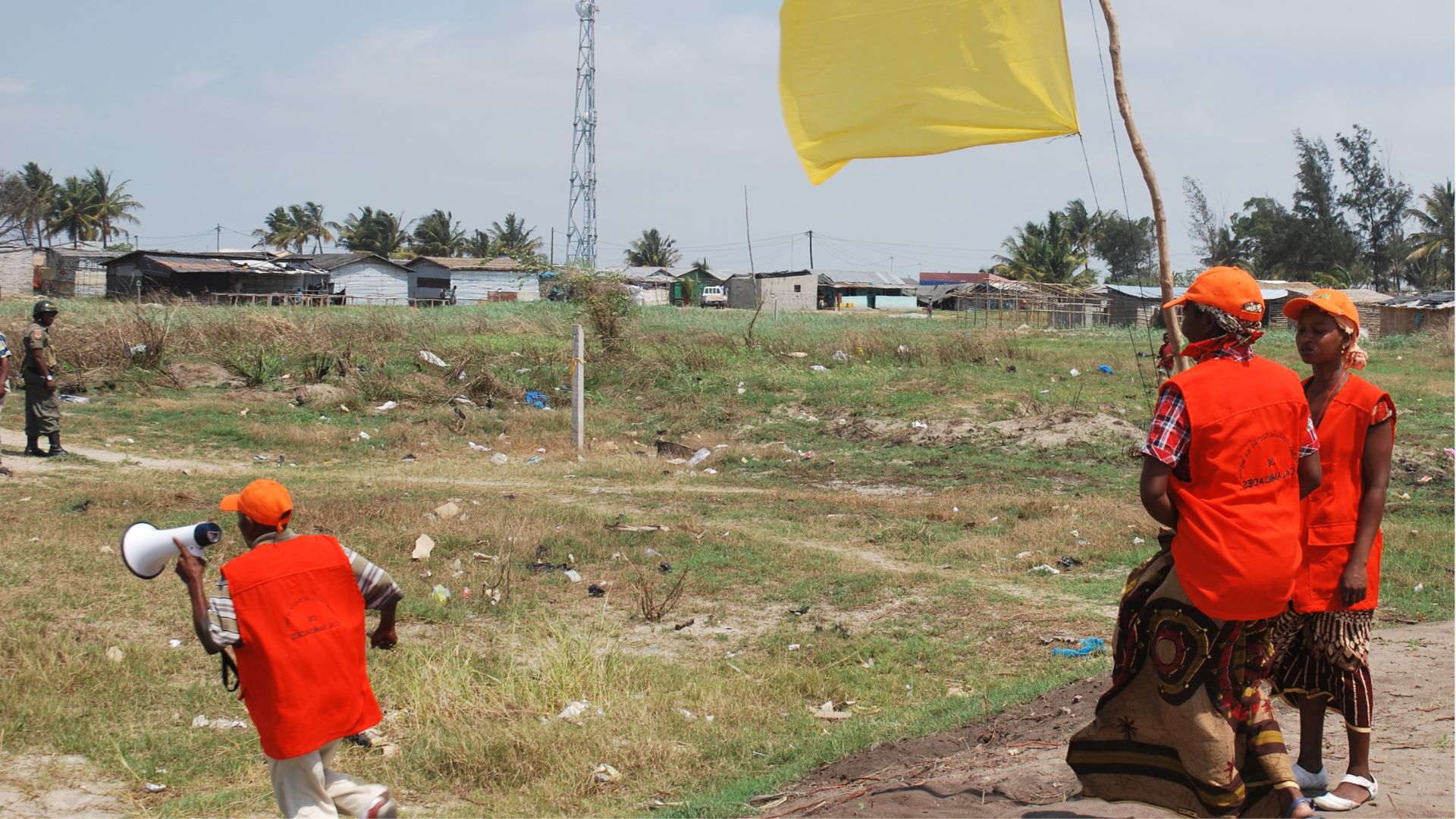Core concepts
Explore key concepts to support the research and writing of in-depth articles and analysis.
Several foundational concepts and approaches have been developed and agreed upon over the decades. They inform the way in which disasters and disaster risk reduction are viewed and communicated.

The difference between hazards and disasters
Disasters are not natural. Yes, there are “natural hazards” such as earthquakes, volcanic eruptions, floods and heat waves but there are no “natural disasters”, for these hazards need not lead to a disaster.
The term “disaster” refers to widespread disruption caused to people’s lives and property by an event or a series of events. If a natural hazard causes no disruption, it does not result in a disaster. Thus, though many hazards may be inevitable, disasters are not. We cannot prevent a volcanic eruption, but we can prevent it from becoming a disaster.
The first step you could take as a reporter is to avoid the term “natural disaster” and use instead “disasters” or “natural hazards”. This will help change the way that opinion leaders and the public at large perceive disasters. By doing so, you will help create a culture of prevention and not just a culture of reaction.
Disaster risk reduction
Disaster risk reduction is the desired outcome of all the measures that can be taken to reduce loss of life, injury and displacement, damage to critical infrastructure including loss of access to basic services, and economic losses, because of human-made or natural hazards. Disaster risk management is the means to achieve this.
A hazard becomes a disaster when it coincides with a vulnerable situation, when societies or communities are unable to cope using their own resources and capacities. Simply put, “disaster risk reduction” refers to the idea that the chances of a hazardous event resulting in a disaster can be reduced by adopting the appropriate strategies and actions. There are many ways to prevent disasters or lessen the impact, for instance by integrating volcano risk in urban planning; reducing the number of people living close to a volcano; educating and alerting them about the dangers; preparing them to evacuate when the volcano erupts; and identifying shelters to protect them.
“If I had to select one sentence to describe the state of the world, I would say we are in a world in which global challenges are more and more integrated, and the responses are more and more fragmented, and if this is not reversed, it’s a recipe for disaster.”
António Guterres, United Nations Secretary-General, January 2019
Nothing undermines development like disasters
The world has been unable to move away from a vicious cycle of disaster–respond–rebuild–repeat. Financing has historically focused on picking up the pieces post-disaster. However, this “band-aid” approach is not appropriate. National and local governments must shift the emphasis from disaster response to preventing risk.

Risks are interconnected and systemic
With increasing complexity and interaction of human, economic and political systems - such as the international financial system, communications and information technology, trade and supply chains, megacities and urbanisation - risks have increasingly become systemic. This means that disasters often cascade, whereby one hazard triggers another. The term NATECH, which stands for natural hazards triggering technological disasters, illustrates this point. The era of hazard-by-hazard risk reduction is over. We need to manage the systemic nature of risk.
Prevention pays
Thanks to effective building codes and other DRR measures, Chile’s 8.8-magnitude earthquake in 2010 killed only one person out of every 595 affected; Haiti’s earthquake, while 500 times less powerful, killed one in every 15 affected. No one was killed in a 7.2-magnitude earthquake in Christchurch, New Zealand, in 2010. These huge differences in mortality rates underline the need for a strategic multi-sectoral approach to disaster risk.
Climate change is a risk amplifier
The threshold of limiting global warming to 1.5 degrees Celsius above pre-industrial levels will be surpassed in the late 2030s / early 2040s, according to the Intergovernmental Panel on Climate Change (IPCC). If the 1.5 degrees Celsius threshold is breached, the possibilities to adapt will diminish as ecosystems in arid and semi-arid regions collapse, leading to more and bigger disasters as well as migration on a scale never seen before. Risk reduction processes have multiple connections with climate change adaptation (CCA), yet few DRR plans take these connections into account (GAR 2019). A recent Monash University study attributes over five million deaths a year to climate change, while another study in the peer-reviewed journal Nature Communications found that climate change could cause 83 million excess deaths by 2100.
What is attribution science
Attribution science is a field of climate science that investigates the links between climate change and extreme weather events. This new but rapidly growing field of research aims to estimate how human-induced climate change affects the magnitude and probability of an event. Attribution science cannot determine if climate change caused an event. But it can determine if climate change made some extreme events more severe and more likely to occur, and if so, by how much.
Risk is everyone’s business
We tend to shift the responsibility for risk to national governments, but the truth is that this responsibility is a shared one and that risk reduction is everyone’s business. While national and state governments play a central role in risk reduction and disaster responses, it is necessary to empower local authorities and local communities with resources and decision-making responsibilities. The media also needs to be aware of its role in building resilience at all levels from the local to the national.
Partnerships and collaboration
We need to build partnerships with other stakeholders and expert organisations to enable strong data-sharing networks and comprehensive reporting. Networks of reporters have proved the utility of collaborative models in which members can share data, contacts and tips.
Key concepts
For more detailed disaster risk reduction concepts, visit our Key Concepts page.
